Outdoor plugs are great for powering outdoor lights but the plugs need to be kept dry otherwise the electricity could short or cause a fire.
There are a few simple ways you can protect plugs and extension cords from the elements.
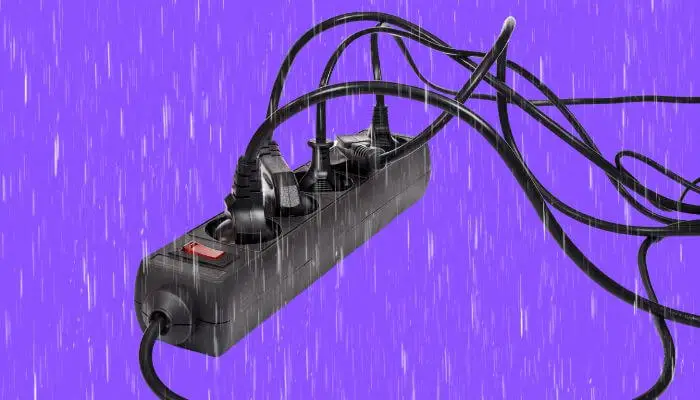
Plugs can be covered with plastic casing (even a simple plastic bag will do the trick for a short-term solution) or wrapped with electrical tape to keep them dry.
1. Cover Them With Plastic Tupperware Boxes
A low-cost DIY solution is to cover the plugs with plastic Tupperware.
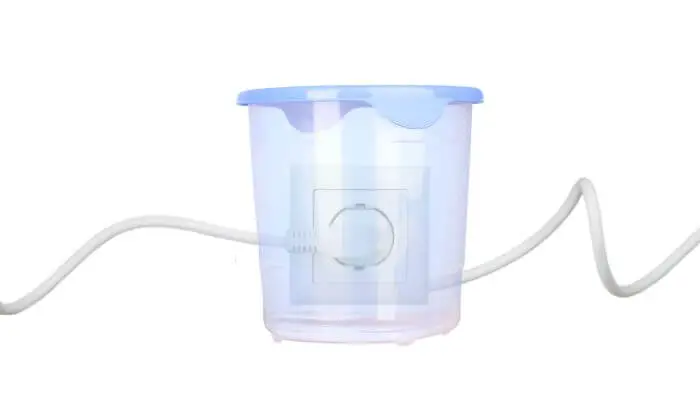
- Buy a plastic Tupperware container that’s large enough to fit the plugs (or if you already have suitable Tupperware at home, use that). The box needs to fit the extension cord as well as any plugs that are going to be connected.
- Drill a hole at one end of the container as well as holes at the position of each socket you plan to use. These holes are for the wires so they can go out of the box without leaving the box open/ exposed to the elements.
Make sure each hole is large enough for the wire but not too big as you don’t want water to get into the container.
- Use a utility knife to create a slit from the opening to the holes (this is so you can position the cords in the holes).
- Gently pull the plastic apart so you can insert the cord and position the plugs inside the container.
- Once the plugs are in the container and the wires are in their respective holes, place the lid on and secure it.
The plugs are now protected from the weather. This method is easy and provides a sturdy shield for your exposed plugs.
It does require some effort when making the holes etc but overall this offers a long-lasting solution.
One downside is that the container isn’t completely airtight so you should check it regularly to ensure there is no moisture inside.
2. Use a Weatherproof Socket Box
A more permanent solution is to use a weatherproof socket box.
These boxes are purpose-built to protect outdoor plugs so they are water resistant with a rubber seal that prevents water from getting in.
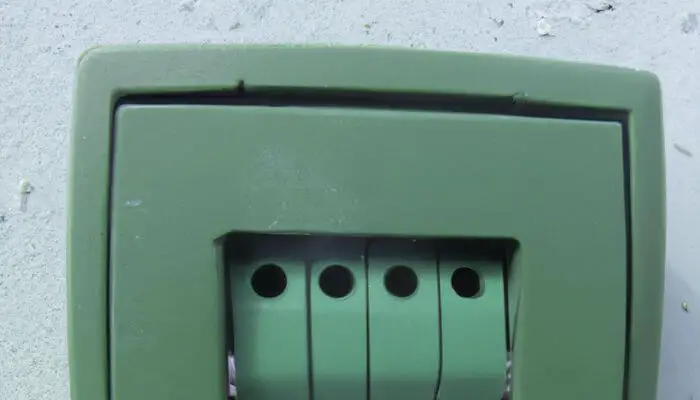
These boxes usually offer a number of entry and exit cable options to suit a range of setups.
Some socket boxes are only designed to protect the sockets when there is nothing plugged in.
If you want to protect the plugs when something is plugged in, ensure the cover you buy is designed for this.
These are larger with more depth and will have holes along the bottom for the wires to feed through.
These boxes do cost more than the DIY option above but they are sturdy, easy to install, and look smart.
Another option is a weatherproof gasket which is commonly used when there is only one male-to-female connection such as with Christmas lights.
3. Use a Plastic Bag
A good quality plastic bag can be used to cover the plugs and wire.
This is easy to do as you simply need a plastic bag that is in good condition (with no tears or holes) and some duct tape.
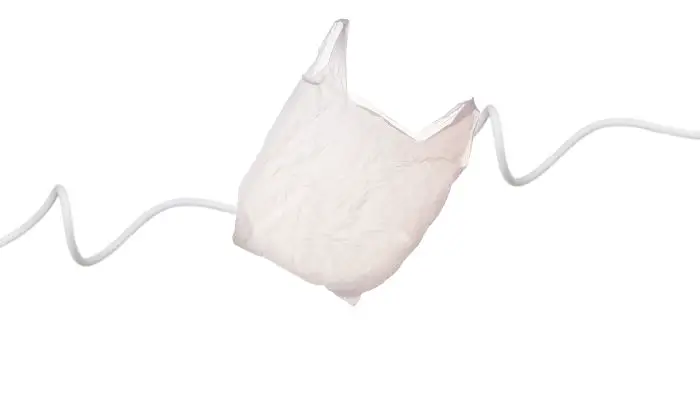
Cover the plugs and secure the bag in place using duct tape to create a seal.
One thing to be careful of when using a plastic bag is that condensation doesn’t build up inside the bag. Check the bag and connections every so often and change the bag as needed.
4. Use Electrical Tape/Gorilla Tape
Electrical tape or gorilla tape is strong, water-resistant, and easy to use. If you’re looking for a short-term solution, cover the plugs with tape to create a watertight seal.
Do this for every plug or opening so nothing is left exposed.
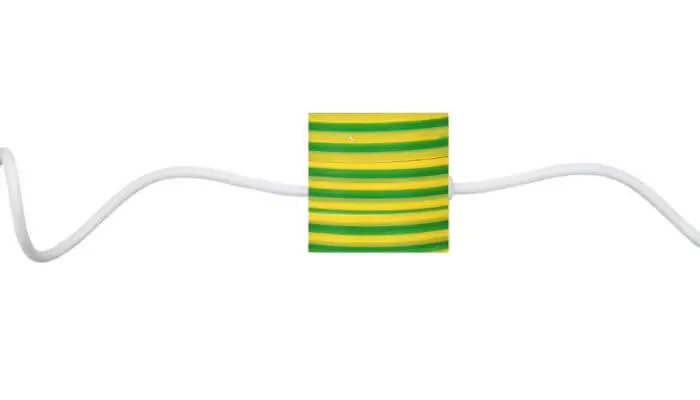
This will protect the outside plugs from rain. As the tape is not waterproof it won’t protect against puddles so it’s best not to keep the plugs on the ground.
Using tape is not a long-term solution, it’s a great option if you need a few hours of protection. If you need to protect the outside plugs for longer, look at the above methods instead.
